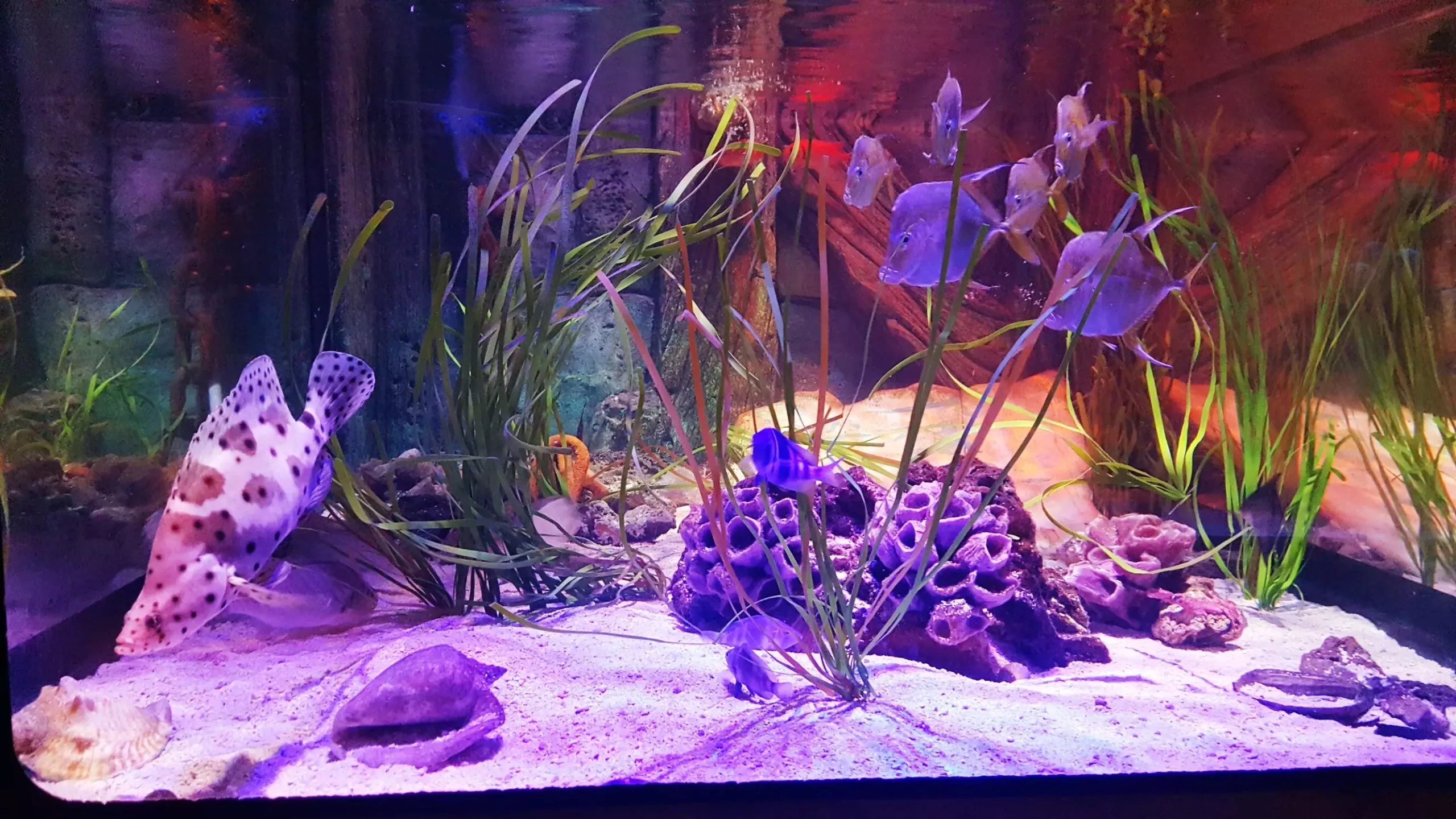Embarking on the journey of setting up an aquarium can feel daunting, particularly for novices. The multitude of questions arising during the initial stages of this process often leaves many bewildered. How large should your tank be? What is the appropriate amount of substrate required? Which filtration system strikes the right balance between efficiency and power? To answer these pressing inquiries, an understanding of standard aquarium dimensions and their implications is crucial. This article aims to demystify these foundational aspects and empower budding aquarium enthusiasts with the knowledge they need to create a thriving aquatic environment.
Aquariums come in various shapes and sizes, each suited for different species of fish and aquatic plants. Most commonly, the dimensions adhere to certain standards, which significantly affect practicalities such as weight, tank support, and placement. Essentially, a tank needs to be more than just aesthetically pleasing; it must be functional and safe. Filling an aquarium with water adds considerable weight, so understanding the tank’s specifications is paramount to prevent structural mishaps. Thus, before selecting a tank, consulting a comprehensive aquarium size chart is essential.
The Importance of Heating and Filtration
When discussing the essential components of an aquarium, heaters and filters top the list. Temperature control is vital, especially for tropical fish, which thrive in stable conditions. Generally, it is advisable to equip your aquarium with a heater that delivers approximately 5 watts of heating power for every gallon of water — for instance, a 10-gallon tank would typically require a 50-watt heater. An expert tip for beginners is to always retain a spare heater. With the unpredictable nature of equipment failures often occurring during critical times such as winter nights, having a backup can save your fish from temperature shocks.
Moreover, if managing a substantially sized aquarium (over 50 gallons), investing in two smaller heaters can provide a more consistent thermal environment by placing them at either end of the tank. In addition to traditional heating solutions, the market has recently introduced micro-heaters suitable for bowls and smaller tanks — an exciting development for those keeping delicate fish like Betta.
Filtration is another fundamental aspect because it plays a vital role in maintaining water quality. As a standard rule, aim for your entire tank’s water volume to pass through the filter at least four times per hour. This guideline should simplify calculations for prospective aquarium owners. If faced with a choice between filter options, opting for one with a slightly higher flow rate than the calculated need is wise, ensuring efficiency is not compromised.
Aquarium Substrates: More Than Just Decoration
Selecting the right substrate is a more nuanced process than many people realize. A rule of thumb suggests utilizing around one pound of substrate for every gallon of water, aiming for a total depth of around two inches. However, this calculation becomes intricate when considering tank shape and type, particularly if the aquarium is planted. The substrate’s depth impacts aquatic plant growth and the overall ecosystem balance. Thus, whether you’re gravitating towards a natural decorative gravel or a specialized substrate for plants, thoughtful consideration is necessary.
Understanding your fish’s feeding habits is equally critical for maintaining a healthy aquarium environment. Overfeeding is a common pitfall among aquarium enthusiasts that leads to significant complications such as water pollution and health issues in fish. Fish generally require only as much food as they can consume in a limited time frame. Educating yourself on portion sizes and feeding habits — such as young fish requiring more frequent feedings — can aid in promoting their health and prolonging water quality.
Setting up an aquarium is a rewarding endeavor that requires thoughtful planning and diligent care. Armed with knowledge about equipment requirements, temperature control, filtration options, and feeding protocols, first-time aquarium owners can establish a beautiful and supportive habitat for their aquatic creatures. Having insights into these fundamental aspects provides a solid foundation as you transition from shimmering surfaces to the enchanting world below the waterline. While the technical details may initially seem overwhelming, breaking them down into manageable components ensures that you can confidently navigate your path to successful aquarium keeping.

